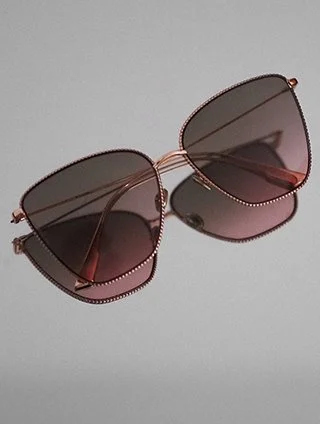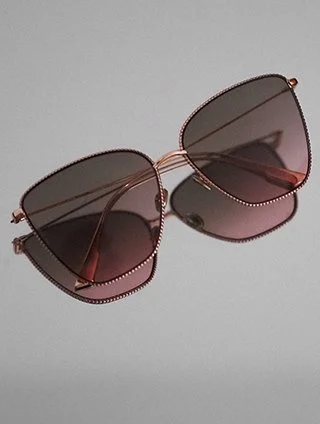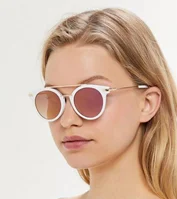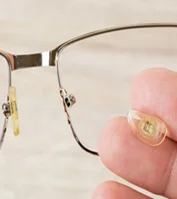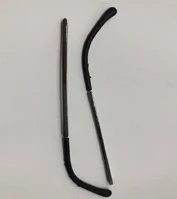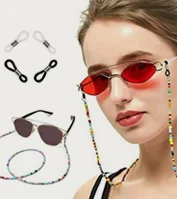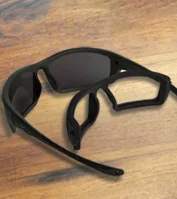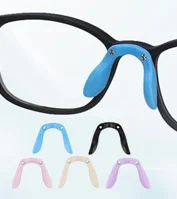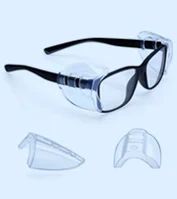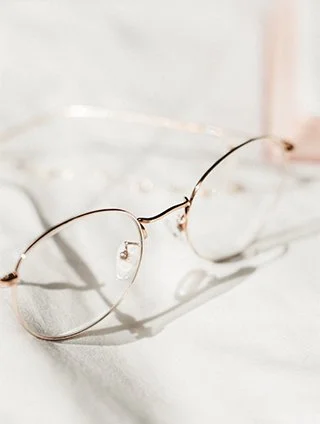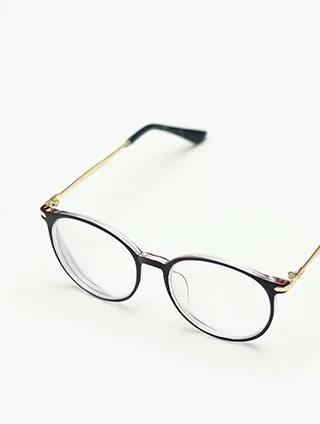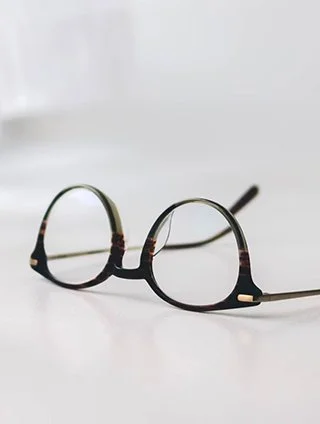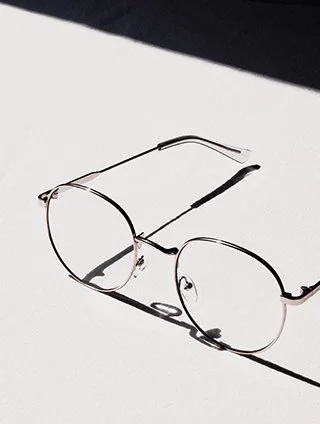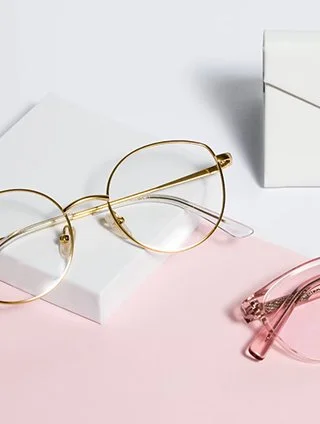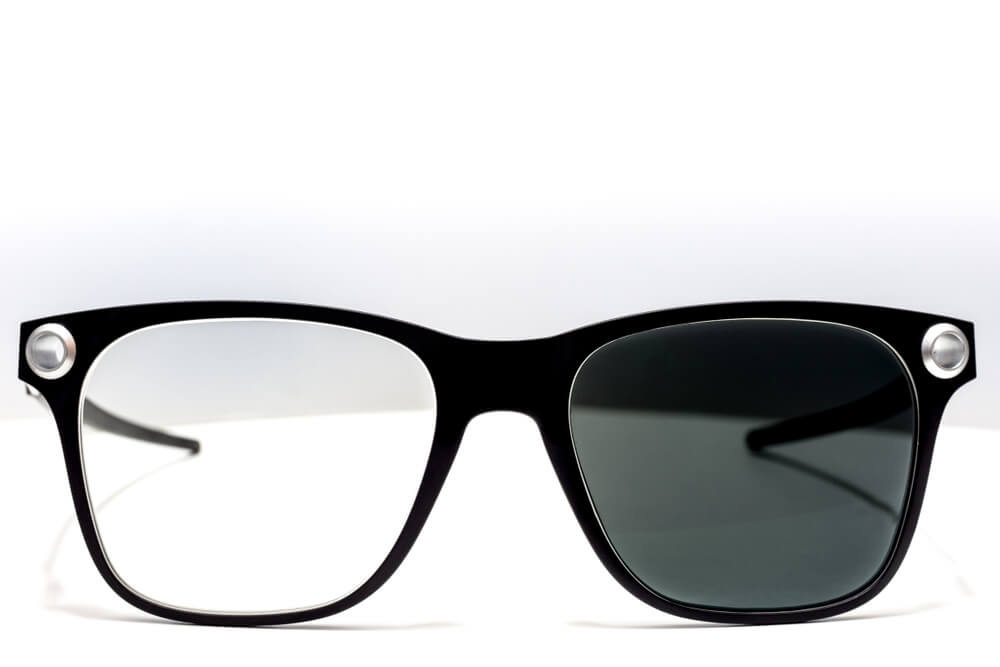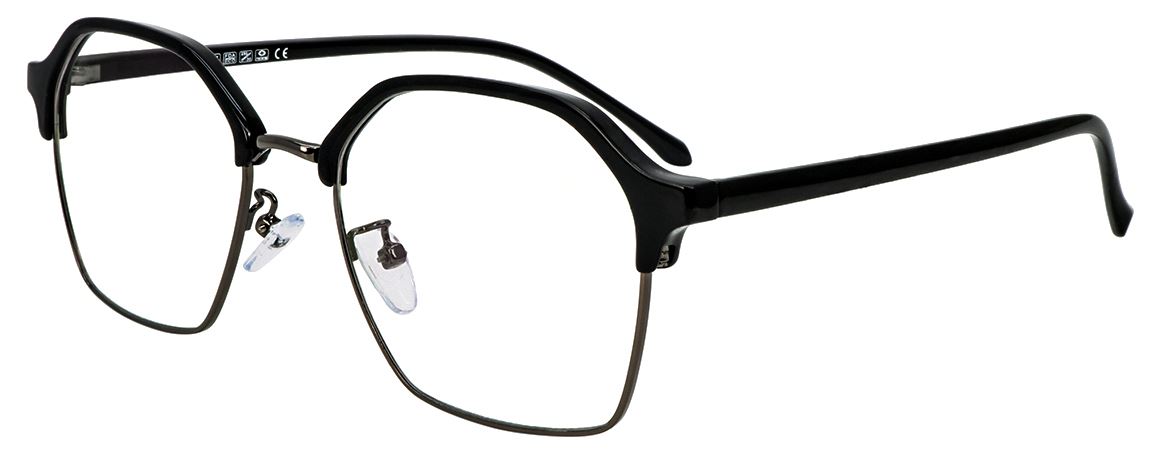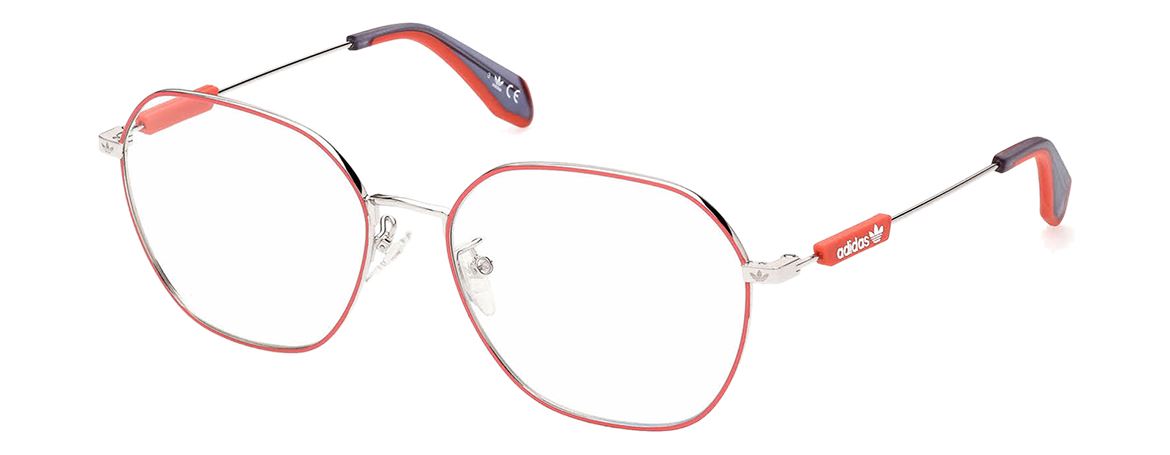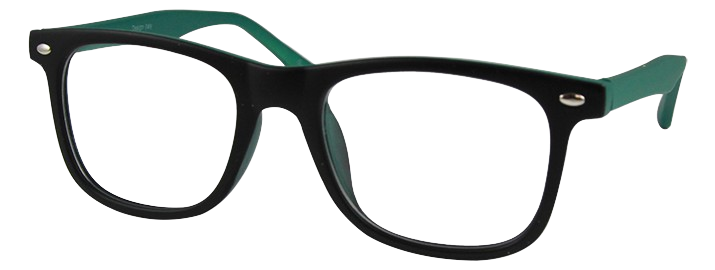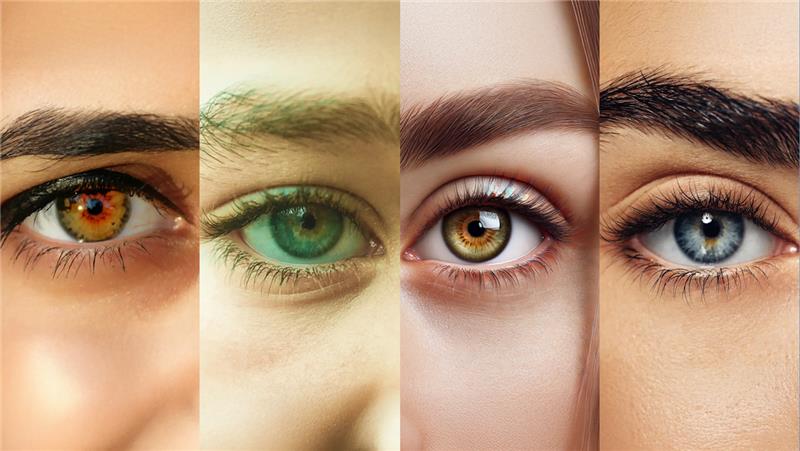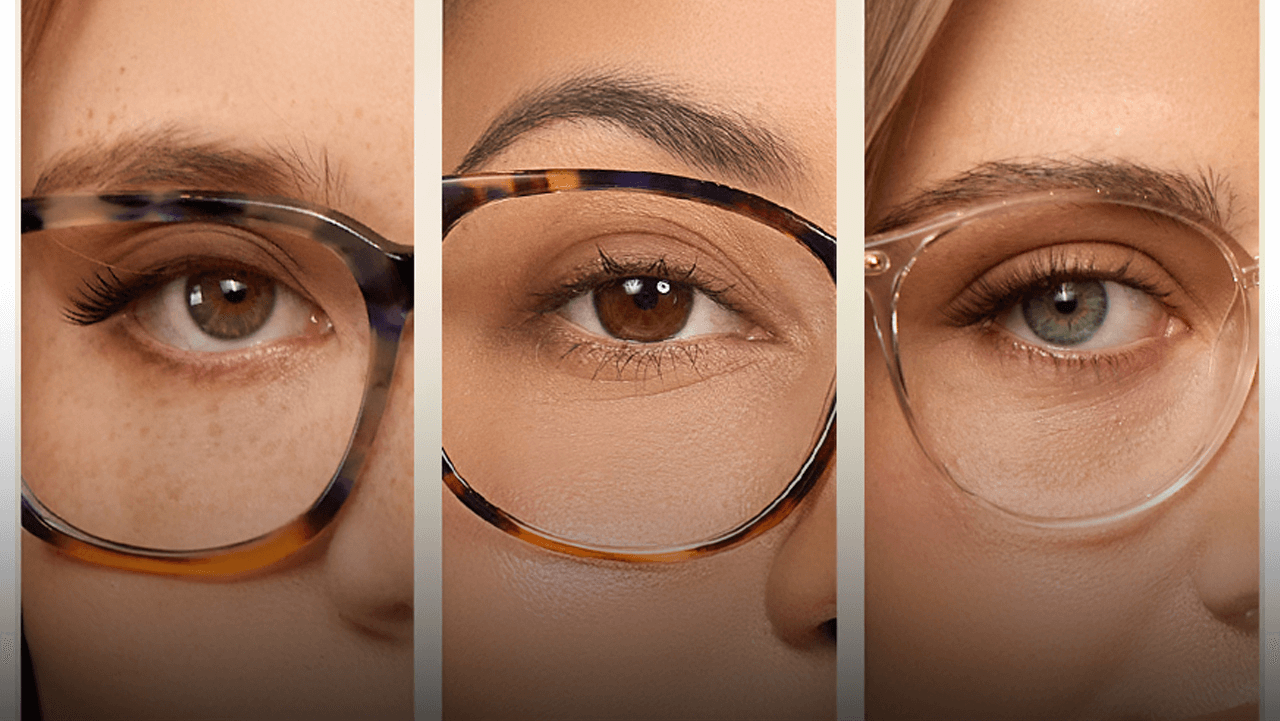Last updated: Wednesday, July 23, 2025
For style, we all like versatile things. The same applies to eyewear. It used to be necessary to have separate pairs of sunglasses and prescription glasses, but thankfully, that is no longer the case. Of course, you could, but you have better options. The issue of handling numerous pairs of glasses for indoor and outdoor use has been resolved by the rise in the popularity of photochromic lenses. One of the top companies, Transitions, has a firm grasp on the photochromic lens market.
They produce some of the world's greatest photochromic lenses. However, nothing is, at least, completely optimal for everyone. For further information, see everything there is to know about Transitions lenses. Transition lenses provide the ideal combination of both worlds by removing the inconvenience of having to wear prescription monocles and sunglasses all the time.
Understanding Transition Lenses
When exposed to sunlight, transition lenses—smart glasses—change colour from light to dark. In strong sunlight, they instantly darken, and in dimly lit areas, they change to a standard shade. In addition to providing vision correction, transition lenses completely block UVA and UVB radiation.
The origins of photochromic lenses date back to 1990. The first transition lenses were created in a partnership between PPG Industries and Essilor International, and things haven't been the same since. Transitional glasses have become more and more popular in recent years as consumers demand multifunctionality from everything they use.
The methodology behind transition lenses has advanced significantly since its invention in the 1990s. Light-adaptive lenses have advanced remarkably since their introduction, when they were only offered in grey. Today, a variety of colours are accessible.
Do Transition Lenses Pay Off?
Studies show that 101.2 million individuals worldwide experience some form of visual impairment. The percentage of people suffering from hypermetropia and myopia has increased recently due to the significant rise in screen time and digital gadget use.
As a result, a sizable portion of the world's population must always wear prescription glasses. But the issue comes in the summer and winter when the eyes require prescription glasses in addition to sunglasses.
When you're outside and the light is continually assaulting your eyes, things grow much more challenging. Transition lens glasses are worth it in such a situation. Someone attempting to switch between sunglasses and prescription eyewear will become frustrated. However, transition lenses provide ease and multifunctionality while eliminating the trouble.
The Top Five Benefits of Transitional Glasses
UV Defense
UV light has a variety of negative effects. Eyelid skin cancer accounts for 5% to 10% of all cases of skin cancer. Overexposure to the sun can also result in other forms of cancer that are close to the eyes. You have a higher chance of developing various eye conditions if you don't wear sunscreen. UV protection is nearly always included in photochromic lenses to protect your eyes from the sun's rays.
Numerous Choices
Grey was the sole color available for photochromic lenses in the past. These days, they also come in shades of green, brown, and amber. Photochromic lenses can be found in stylish cat-eye frames, timeless aviator frames, or sleek classic lines. Therefore, photochromic eyewear allows you to make any kind of design statement. Both prescription and non-prescription versions of the lenses are offered. You can also get photochromic versions of bifocals, trifocals, and progressive lenses if you require them.
Easy accessibility
Those who wear prescription glasses are accustomed to having to quickly switch between their spectacles and sunglasses while out and about. A two-in-one solution is made possible by photochromic lenses. Having a single pair of glasses to remember can be quite helpful if you frequently misplace your glasses or forget your shades at home. You won't need to look for a second set of spectacles if your lenses are photochromic.
Cost-effective
If money is restricted, buying only one pair of glasses is a fantastic option. You might be able to avoid needing to buy a pair of Rx sunglasses by using photochromic lenses. For any type of sun, you only need one pair of sunglasses. When it's time to get new glasses or adjust your prescription, you won't be changing sunglasses and prescription eyewear at the same time—just one pair of eyeglasses.
Reduced Probability of Glasses Loss
It is incredibly simple to misplace one or two pairs of eyeglasses when wearing many pairs becomes a daily habit. Nevertheless, the hassle of having to carry both prescription glasses and sunglasses is eliminated with transition lenses.
Drawbacks of Transitional Glasses
There are drawbacks to transition glasses, just like there are to anything else. What do they consist of? Let's investigate!
Variations in Temperature
The speed at which photochromic lenses change color is influenced by temperature. They might not reach complete darkness in extremely hot weather, and they might take longer to clear out in colder climates. The reason for the delay in tint shift in winter weather is that the coating's molecules change their structure more slowly in colder temperatures because they move more slowly.
Reaction Moments
The little delay in photochromic lenses' adjustment to your surroundings can be annoying, but it happens rapidly. The amount of UV exposure, age, brand, and temperature all affect how quickly lenses change color. Once indoors, the lenses typically take 30 seconds or less to turn dark and less than five minutes to return to clear. Transition lenses may not work for you if you need to shift quickly and frequently go from one indoor setting to another during the day.
Challenges driving
The UV light required to start the chemical reaction that alters the color of your transition lenses can be blocked by your car's windshield. Therefore, even if you can drive in them, they may fail to block out the sun when you do so.
Wear and Tear
Photochromic lenses lose some of their effectiveness with time. Before they lose their capacity to turn dark when under UV light, they typically live for three years.
The Best Eyeglass Frames For Transitional Lenses
Prato T6575
The Prato Range is the set of luxury eyewear frames you've been searching for, with transition lenses if you're seeking decent yet fashionable frames. What makes you unique among the others? What distinguishes you from the others? It's your persona, your way of thinking, and your unique appearance and style. With our Prato Series eyewear, you can discover the ideal way to express yourself.
Adidas OR5034
One of the trendiest displays you may choose from is these men's and women's Adidas OR5034 frames for transition lenses. These are the perfect glasses to get because of their sturdy weightlessness and exquisite frame style. The full rim maintains a look of newness while conveying a sophisticated feel.
Trivoli 4204
The Trivoli 4204 frame is suitable for various prescriptions, including progressive, bifocal, single-vision, and transition lenses. Invest in ready-to-wear spectacles, and their cat-eye form, which can fit most facial shapes, will ensure that they sit comfortably on your face.
What Colors Can You Choose For Transition Lenses?
While the Transitions brand offers a good variety of colors, let's concentrate on the two most well-liked ones: brown and grey. If you want to view every color of lens that is available, keep reading.
Which transition lenses are better, grey or brown?
Brown transition lenses are excellent for enhancing contrast. They function well in a range of environments and enhance the visibility of small details like potholes, the topography of hiking trails, and golf course textures. Brown transition lenses employ a light, comfortable wash of hue that your eyes will notice to attain this level of definition.
Natural color perception and the darkest hue are offered by grey transition lenses. They are excellent lenses for daily use, particularly if you want to wear your transitional glasses as your primary eyewear. For people who want a true-to-color environment, grey lenses are a great option because they don't change the way you perceive color.
The decision between brown and grey transition lenses ultimately comes down to personal taste and intended application. Grey transition glasses work well for daily use, whereas brown lenses are often better for recreational and reading tasks.
Some Advice for Acclimating to Your New Transition Lenses
- Find out from your eye doctor how to clean them properly; avoid using any products or solutions that could scratch them.
- To aid in acclimating to the newly purchased transition lenses, avoid alternating between your old and new spectacles.
- Start by using your new transition lenses for an hour or two a day, and then progressively increase the period you spend wearing them.
- Find out from your optometrist how long it should take for your shades to fully darken. The transition feature is said to last for two years by several manufacturers.
Are Transition Lenses Necessary?
Over time, transition lenses have seen changes and advancements. They still help in a clear vision today, and they might be of use to you as well, but do you need them? That will rely on the requirements and any potential conditions you may have. To better understand your needs, it is advised that you speak with an eye doctor who will conduct tests on you. If the specialist suggests transition lenses, begin utilizing them and reap the benefits.
Blue Light-Filtering Lenses Vs Transition Lenses
Blue light-filtering lenses do not function as equivalent to transition lenses. Certain blue light wavelengths are filtered by blue light glasses. The sun emits blue light, as do electronics like computers and smartphones, although considerably less so. Usually coated with clear, these glasses don't change to a deeper colour. Photochromic lenses adjust to UV light. They shield the eyes from damaging UV radiation every time. In bright light, these lenses can increase clarity and lessen glare. Some companies provide blue light blocking technology as an extra feature, such as Transitions. You can use photochromic lenses for computer use if they improve your ability to focus on your display.
How Should Transition Lenses Be Kept?
You may increase the longevity and efficacy of your transition lenses by following these 5 cleaning instructions:
- Make sure to clean transition lenses once a day or more. Everywhere we go, we have our glasses with us. This implies that dust, grime, and smudges will always collect. Keep your glasses clean so you can avoid straining your eyes every day from staring through grimy ones! Always use lukewarm water to moisten your transition lenses.
- There's a good possibility that your glasses will shift any dust and dirt particles that adhere to your lenses, causing microscopic scratches on them. Do not spray your glasses with household chemical cleaners. These have ammonia in them, which can damage your lenses' unique coating. Shake off any loose drops on the lens carefully after you've finished rinsing them.
- Use the appropriate optical cloth to carefully blot your glasses. Just gently dab them with the dry cloth, without wiping or rubbing. NEVER use napkins, paper towels, or tissues to dry your lenses. These materials' rough surfaces may look soft against your skin, but they can seriously harm your lenses.
- Using your shirt's tip is also not a good idea. We suggest using a microfiber cloth to clean your glasses. Fortunately, every frame you buy from Eyeweb comes with a complimentary microfiber cloth!
- Apply a tiny drop of dish soap to your fingertips after your transition lenses have dried. After wetting your lenses once more, use your fingers to distribute the soap around your lenses to remove any residual oil and finger smudges.
How Long Can Transition Lenses Last Eventually?
Similar to the lifespan of your vision prescription, transition lenses are made to last as long as a pair of conventional prescription eyeglasses—roughly two years—before needing to be replaced. You may notice that they get less dark outside and less clear inside after roughly two years of continuous use. This indicates that a replacement and perhaps a prescription check-up are due!
You receive all the advantages of conventional prescription eyewear with transition lenses, along with integrated UV protection! Two purposes for a single pair of glasses with everyday ease that lasts all day. Is there anything to dislike? See the difference for yourself by checking out the transitional lenses we carry in our optical store!
Buy Transition Glasses Directly From Eyeweb
We hope that our assessment of Transitions lenses was useful to you!
Do you require transition glasses with prescription lenses? Eyeweb is ready to help. You can find the answers to all of your questions here, and get in touch with us if you'd like to speak with an expert. We'll connect you with an experienced member of our staff who works in optics so they can help you design your transition glasses.
For 14 days, try your transition lenses. Return them if you're not satisfied. Receive a complete refund, an exchange, or compensation for a better pair. And postage for returns? Visit Eyeweb online to order your transition prescription glasses right now!
FAQ's
Can you get transition lenses with a blue light filter?
It is possible to purchase transition lenses with a blue light filter. Both indoors and outdoors, a variety of solutions, including Transitions® Signature® and XTRActive® lenses, efficiently block damaging blue light, improving eye protection while adjusting to shifting lighting situations.
Do transition lenses have blue light protection?
With models like Transitions® Signature® VII filtering at least 20% of blue light indoors and more than 85% outdoors, transition lenses do really offer blue light protection. Even more protection is provided with Transitions® XTRActive® lenses, which filter at least 34% indoors and 88–95% outdoors.
How dark can transition lenses get?
In direct sunlight, transition lenses can accomplish a darkness level that is similar to that of category 3 sunglasses. Certain varieties, such as Transitions XTRActive, may achieve maximum darkness even in cars, although the precise darkness can vary depending on the type of lens and surroundings.
Do transition lenses stop working?
It is true that after two to three years of use, transition lenses may no longer be as effective. It may be time for a replacement if users observe a decrease in their capacity to darken or return to clear.
Are transition lenses polarized?
It is possible to polarize transition lenses, particularly the Transitions XTRActive Polarized lenses. These lenses reduce glare and adjust to different outdoor light conditions by darkening in sunshine and provide up to 90% polarization efficiency.




